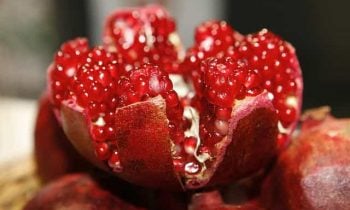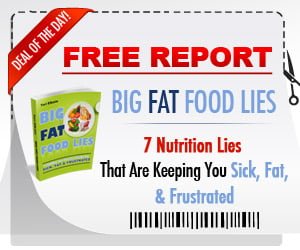Many children have allergies, food intolerances and food sensitivities but don’t even realize it. They feel bad, but don’t know why. Over time, they start to take those issues for granted and believe them to be ‘normal’, when in fact, they could get relief if they were only able to pinpoint what was wrong and eliminate it from their diet.
Food allergies
Not all food allergies are so dramatic that they produce anaphylactic shock and leave a person gasping for breath and covered in hives. Some create a low level of immune system response and inflammation that can produce various symptoms, including nausea, stomach discomfort, brain fog and more.
Even those who think they are eating a healthy diet might have issues, which might manifest as skin issues, digestive problems, aches and pains and even mood issues such as anxiety and depression.
Food intolerances and sensitivities
These usually manifest as stomach and digestive issues of various kinds, including acid reflux, burping, bloating, stomach pain, indigestion, diarrhea and/or constipation.
Food allergy testing can be useful, but there are false positives and false negatives as well. That’s why an elimination diet can be one of the best ways to get to the root of a health issue.
It can be difficult with children, but if you do it together, it should make it less of a painful process.
Eliminate all known allergens for 1 month
The most commonly reported allergens for children and adults are:
- Eggs
- Cow milk
- Peanuts
- Tree nuts, such as walnuts and almonds
- Soy
- Wheat
- Shellfish, such as shrimp, crab and lobster
- Fish
- Alcohol (for adults)
Eliminate sugar, salt and fat
These 3 are the foundation of the fast food industry and make food highly addictive. They also contribute to weight gain, food cravings and health conditions such as high blood pressure, high cholesterol, and type 2 diabetes, which are all actually becoming more common in school-aged children.
Adopt a clean eating lifestyle
Eat organic fruits, vegetables and high-quality protein such as chicken and turkey, unless you are a vegetarian or vegan.
Eat more soups and stews, which are packed with nutrition and very filling. Add beans and legumes such as kidney beans and lentils to your diet. Swap quinoa for rice, potatoes or pasta. It is expensive, but cooking it at a ratio of 4 parts water to 1 of quinoa will make it go further.
Eat a rainbow every day of various fruits and vegetables, to get an array of nutrients.
Use healthy fats like avocados and nuts. Choose olive oil or canola oil; use sparingly.
Go gluten-free
Skip bread, wheat, cookies and crackers. Use buckwheat, oats or quinoa instead.
Re-introducing foods
At the end of 30 days, add ONE food to your diet and see how you react. If you don’t feel any different after 2 days, repeat the process. If you feel fine, repeat the process with a different food. Keep a food diary to track your results.


 Diabetes Treatment & Prevention
Diabetes Treatment & Prevention 5 Healthy Habits
5 Healthy Habits Aging too Fast?
Aging too Fast? Is Coffee Bad for You?
Is Coffee Bad for You? Natural Remedies
Natural Remedies